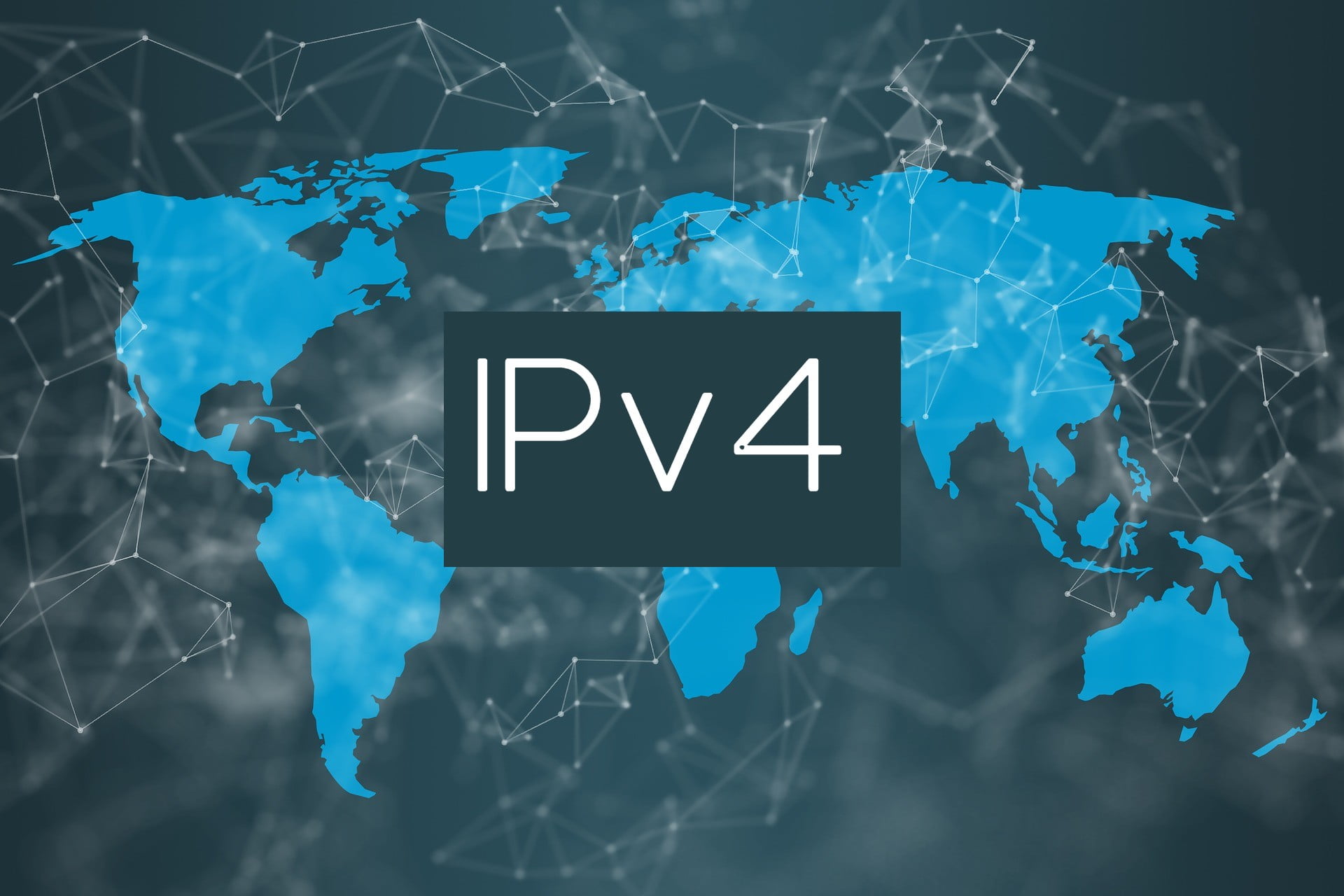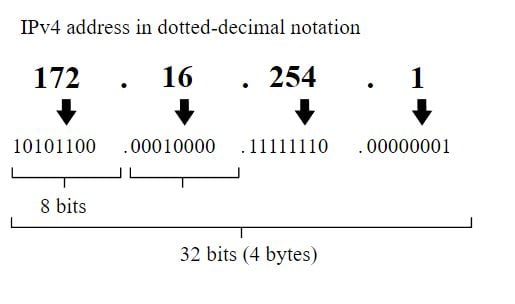
Internet Protocol version 4 ( IPv4 ) is the fourth version of the Internet Protocol (IP). It is one of the leading standards-based protocols for internetworking methods on the Internet , and was the first version implemented for production on the ARPANET in 1983. It still routes most Internet traffic today, despite continued implementation. of a successor to the protocol, IPv6 . IPv4 is described in IETF publication RFC 791 (September 1981), replacing the previous definition ( RFC 760 , January 1980).
IPv4 is a connectionless protocol for using packet-switched networks. It operates on a least-effort delivery model where it does not guarantee delivery, nor does it guarantee the correct sequence or avoid duplicate delivery. These aspects, including data integrity, are addressed by a higher layer of transport protocol, such as the Transmission Control Protocol (TCP).
Addressing

IPv4 uses 32-bit addresses, which limits the address space to 4 294 967 296 (2 32 ) addresses.
IPv4 reserves special address blocks for private networks (~18 million addresses) and multicast addresses (~270 million addresses).
Address representations
IPv4 addresses can be represented in any notation by expressing a 32-bit integer value. They are most often written in dot-decimal notation, which consists of four octets of the address expressed individually in decimal and numbers separated by periods.
For example, the four-dotted IP address 192.0.2.235 represents the 32-bit decimal version of the number 3221226219, which in hexadecimal format is 0xC00002EB. It can also be expressed in dotted hexadecimal format, such as 0xC0.0x00.0x02.0xEB, or with byte values such as 0300.0000.0002.0353.
CIDR notation combines the address with its routing prefix in a compact format, where the address is followed by a forward slash character (/) and the consecutive 1 -bit count of the routing prefix (subnet mask).


